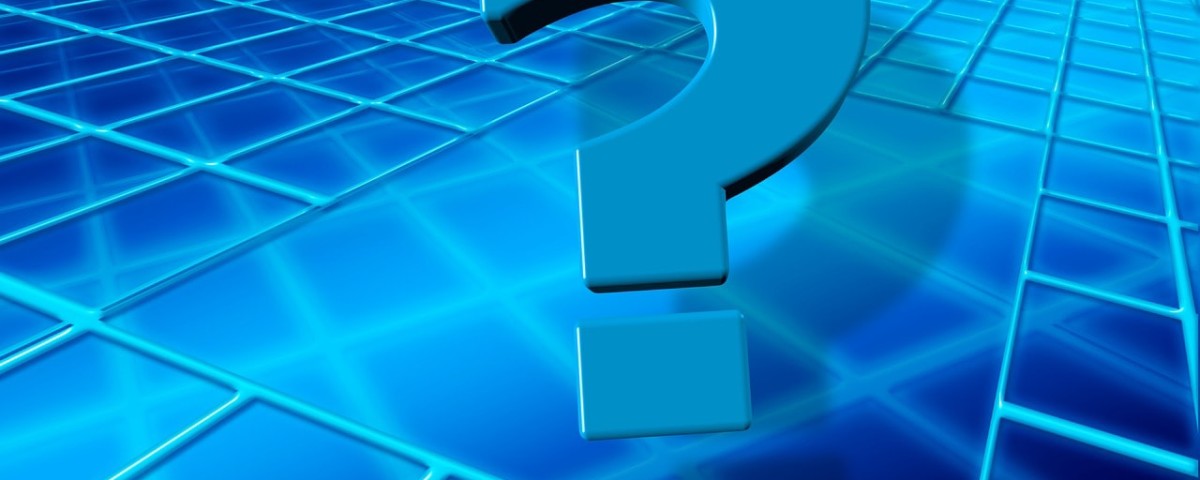The following question collection consists of all important questions of almost all chapters and topics of Software Engineering for Bachelor’s degree in Computer Engineering Third Year – First Part of IOE. Special thanks to Ishwar Dhungana of Himalaya College of Engineering (HCOE) for compiling questions.
Syllabus along with marking scheme of the subject can be accessed from IOE Syllabus – Software Engineering page.
Introduction
- What are the difference between generic software product development and custom software development
- What are the important attributes which all software products have? Explain the statement “software can be rejuvenated” with suitable example.
- What is the difference between software process and software process model. What are the possible ways for the software process models might be helpful in identifying possible process improvements?
- What are the possible problems and challenges that software engineering is likely to face in coming days .Also suggest the possible remedies for those challenges.
Software Process and the Process models
- Explain why programs that are developed using evolutionary development are likely to be difficult to maintain.
- Explain how both the waterfall model of the software process and prototyping model can be accommodated in the spiral process model.
- Why it is important to make a distinction between developing the user requirements and developing system requirements in the requirements engineering process.
- What are the different types of process models used in the software engineering? Compare the different lifecycle model.
- Explain showing the models, its importance, applicability ,strengths and weaknesses of :
- Waterfall model
- Evolutionary Development methods
- Prototyping model
- Component Based Software Engineering model
- Incremental Development model
- Spiral Development model
- RAD
- What is CASE? How CASE technology helps for the software development process?
- How many aspects the CASE tools can be classified?Explain in brief about tools, workbenches and Environments of the CASE.
Architectural Design
- Explain why it may be necessary to design the system architecture before the specifications are written.
- Real time systems usually use event driven model of control. Under what circumstances would you recommend the use of call-return control model for a real time system?
- The system architecture affects the performance, robustness, distributability and maintainability. Explain the terminology in the context of architectural design.
- What are the architectural design decisions? Explain different types of architectural models used in software development process.
- List out by pointing the advantage and disadvantages of using: repository model, client server model and layered model.
- Differentiate between sub-system and module. Explain the different methods/Strategies of modular decomposition.
- Explain the importance of control styles. How many types of control styles are used in software system? Explain in brief.
- What is reference architecture? Explain the DSSA (Domain Specific Software Architecture) model.
- What is distributed system architecture? Explain the advantage and disadvantages of using distributed system architecture.
- Define multiprocessor architecture. What are the fundamental differences between a fat-client and thin client approaches to client server architecture?
- Explain the distributed object architecture and inter organizational distributed computing in brief.
- What is middleware? Explain the role of middleware with suitable example.
Real Time Software Design
Software Project Management
- Explain why the intangibility of the software systems poses special problems for software project management.
- Explain why the process of project planning is iterative and why plan must be continuously reviewed during a software project.
- Define software project plan? Explain in brief about purposes of each section of the software project plan?
- What are the milestones and deliverables? Is there is any critical distinction between them? Explain.
- What are software risks? Explain in brief about the risk and possible risk types that could arise in software projects.
- Explain the process of risk management .List out the possible strategies that have been identified for the key risks.
Requirement Engineering Process
- What is requirement engineering? Explain requirement engineering process in brief.
- How feasibility studies play the vital role in the requirement engineering process? Explain the different aspects of conducting feasibility studies.
- What is requirement elicitation? List out and explain in brief about the technique of requirement elicitation.
- Explain types of requirement On the basis of involvement of people.
- Differentiate between functional and non-functional requirements? Show the classification chart of non-functional requirements and explain in brief.
- Why non-functional requirements are critical?
- Explain the viewpoint oriented approach of requirement engineering with suitable example.
- What is FAST technique? Explain the use-case modeling and its components in brief.
- Why requirements need to be validated? Discuss the requirement management techniques in brief.
- What is SRS? Write down the important characteristics and properties of SRS. Explain how SRS is vital for the software development process.
System Models
- Why system models in required? What are the types of system modeling for the analysis process?
- What are the purposes of dataflow model? Explain the importance and modeling aspects of context model, level 1 and level 2 DFD.
- Draw a context diagram and dataflow diagram (up to level2) of the patient information system in Hospital.
- Draw the dataflow diagram of ATM system of the bank.
- Draw the dataflow diagram, object diagram and class diagram of email system (mail sending and receiving).
- What is black hole (loophole) and miracle in DFD?
- What is ER modeling? Explain the relationships types of ER with suitable example.
- Define composite, multivalued and derived attributes of ER. Explain the mapping cardinalities of ER modeling.
- What is data-dictionary ?what are the advantages using data dictionary?
- Define data models and object models. Explain the inheritance models and aggregation modeling concepts of object with suitable example.
- What are the strengths and weaknesses of structured models? Explain the components of CASE tools for structure methods.
- Under what circumstances would you recommend against using structured methods for system development
Software Engineering Practice Questions:Ishwar Dhungana ,HCOE

